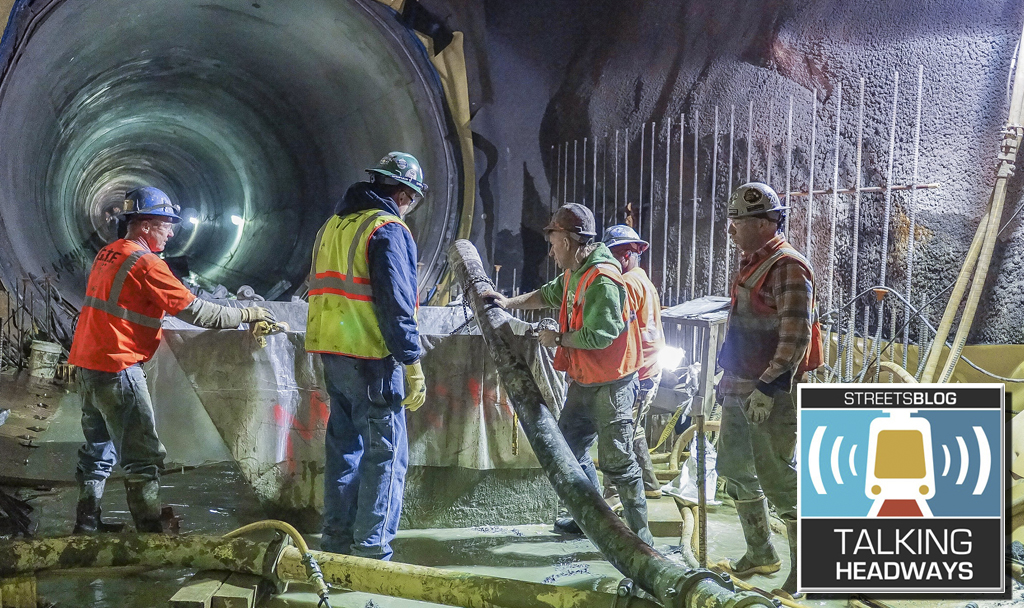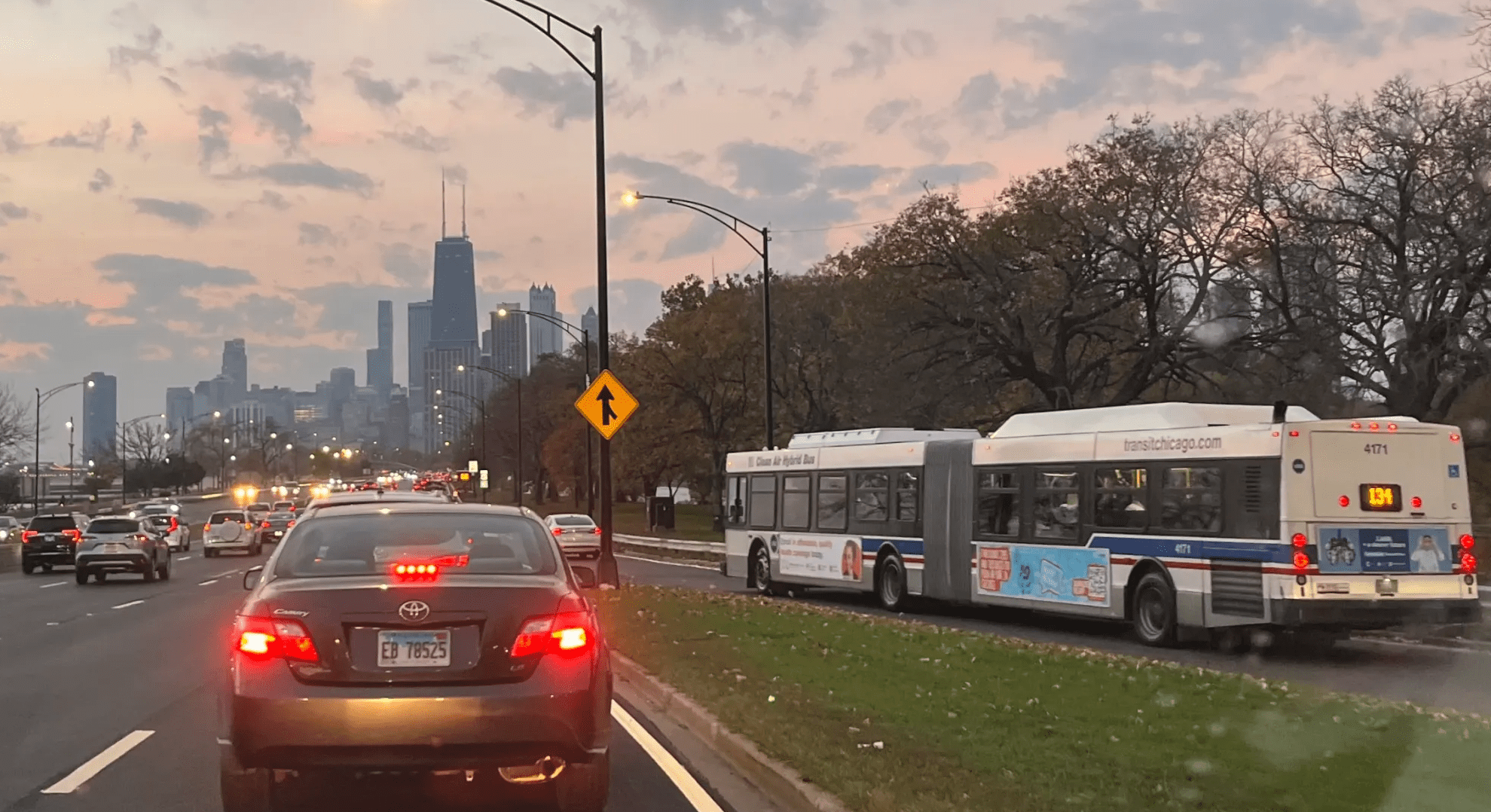For every dollar awarded from the U.S. DOT's TIGER II grant program, there are more than $30 that applicants are asking for but won’t be getting.

That’s the word from the DOT, which announced on Friday that it had received about $19 billion in applications for nearly 1,000 projects "from all 50 states, U.S. territories and the District of Columbia." The volume of applications, which range from “highways and bridges to transit and ports,” far exceeds the $600 million available in TIGER II funds.
States competing for TIGER II money need to show that their transportation projects will have significant economic and environmental benefits at a city-wide, regional, or national level. Since the money is awarded at the discretion of DOT using set criteria, not disbursed through the rote formulas that govern most transportation funding, it’s been a catalyst for innovative transportation projects.
David Burwell, a co-founder of the Surface Transportation Policy Project, isn’t surprised at the overwhelming response to TIGER II. “It shows the enormous interest states have in discretionary money,” he says. “With formula money, states will tell you, ‘That’s our money; we don’t have to do anything for formula money.’ Offer discretionary money and they’ll do backflips.”
According to Burwell, who now heads up the Energy and Climate Program at the Carnegie Endowment for International Peace, the volume of TIGER II applications indicates that state DOTs are willing to reform their focus on highways, but they want something in return for the reforms they make. “Otherwise they’ll spend all their money filling potholes and keeping bridges from falling down,” he says. In other words, if you want states to make real advances on transit and smart urban design, you have to give them some incentive.
Transportation Secretary Ray LaHood made a similar point in last week's announcement. “The wave of applications for both TIGER II and TIGER I dollars shows the back-log of needed infrastructure improvements and the desire for more flexible funds,” he said in a statement. According to the DOT, the appetite for TIGER II funds is not quite as ravenous as it was for TIGER I, when the department got $60 billion in applications for $1.5 billion in available grants.
This time around, TIGER II includes a partnership between the DOT and the Department of Housing and Urban Development to disburse planning grants. $35 million in TIGER II funds will combine with $40 million from HUD to pay for transit-oriented development. In another sign of the closer collaboration among federal agencies, two other departments – Agriculture and the EPA – are getting in on the action too, helping to evaluate the planning grant applications.





